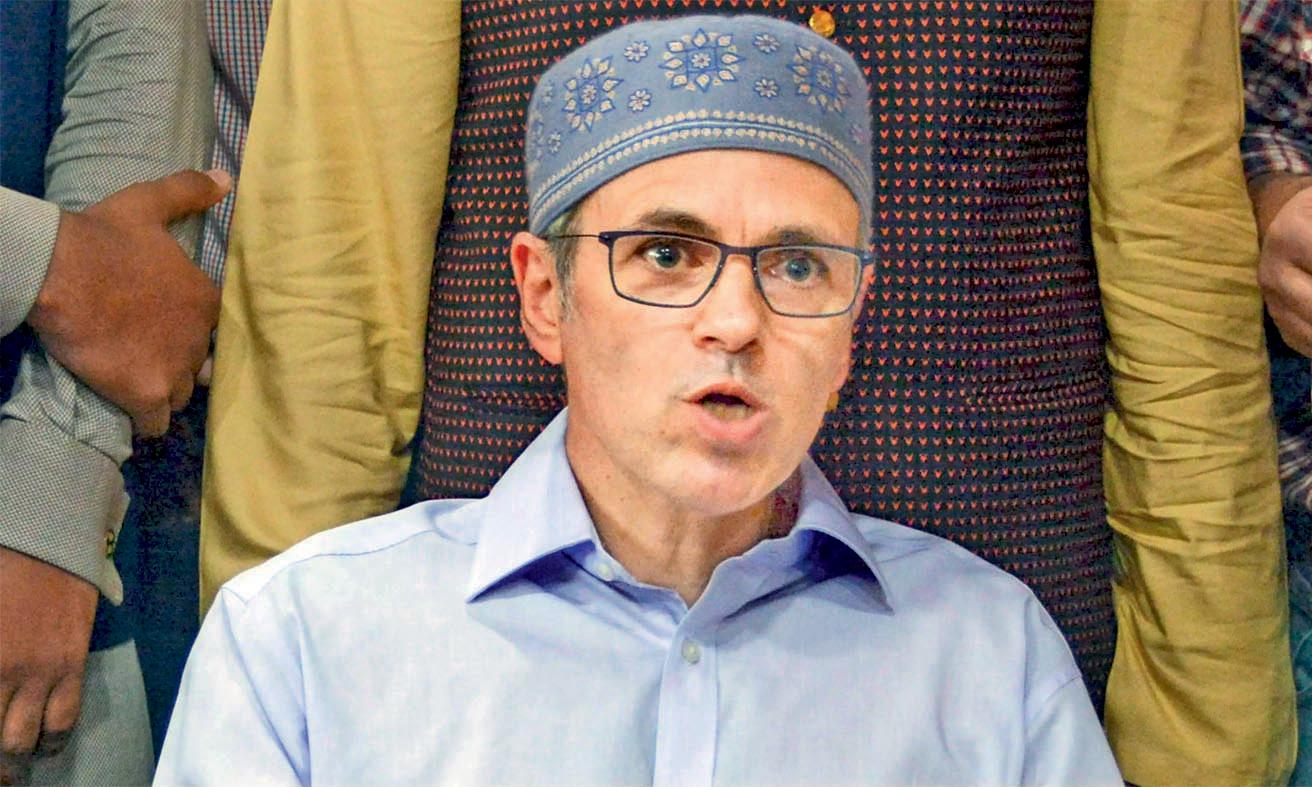G20 ‘Tamasha’ Failed to Change US Outlook on J&K: Omar Abdullah

Srinagar: Former chief minister and opposition National Conference (NC) leader Omar Abdullah said on Thursday that the G-20 tourism working group meeting and related events held in Srinagar in May last year have failed to change the outside world’s outlook on Jammu and Kashmir.
“For all the talk of normalcy, peace, tourism & the G-20 tamasha in Srinagar, J&K continues to be the target of US State Department travel advisories. The Modi government has been able to change nothing”, he wrote on ‘X’.
Mr. Abdullah was reacting to the US Department of State’s urging the American nationals to avoid altogether travelling to certain parts of India including J&K in its updated travel advisory.
“In asking US citizens to not visit Jammu and Kashmir, the advisory points to ‘terrorist attacks' and ‘violent civil unrest,’ as well as ‘sporadic violence’ between the Indian and Pakistani forces along the Line of Control (LoC)” So much for ‘naya J&K’,” the former chief minister said.
The Centre as well as the J&K administration headed by Lieutenant Governor Manoj Sinha has been claiming that the G-20 events held in Srinagar changed the outside world’s outlook on J&K and there has been a significant increase in the number of foreign tourists visiting the scenic region since.
Mr. Sinha recently said, “The successful G-20 summit helped give J&K a global push. The participants of 27 countries in the G-20 tourism working group meeting held in Srinagar, sent out a positive message about this place.”
Endorsing him, Prime Minister Narendra Modi told a public meeting in Jammu on February 20 this year, “During my visits abroad I found there is positivity about the development taking place here in J&K post-Article 370 abrogation. The G20 events held in the region stirred a lot of enthusiasm in the whole world and everyone wants to visit this place.”
However, the updated US travel advisory, released on July 23, asks American nationals to avoid altogether J&K, the India-Pakistan border, portions of central and East India, and Manipur.
Regarding J&K, the advisory points to ‘terrorist attacks' and ‘violent civil unrest,’ as well as ‘sporadic violence’ between the Indian and Pakistani forces along the LoC. However, it says that visiting the Union Territory of Ladakh is ‘safe.’
It says, “Do not travel to: The Union Territory of Jammu and Kashmir (except the eastern Ladakh region and its capital, Leh) due to terrorism and civil unrest; within 10 km of the India-Pakistan border due to the potential for armed conflict; portions of Central and East India due to terrorism and Manipur due to violence and crime.”
Overall, India has been placed at Level 2 in the updated US travel advisory. But several parts of the country including J&K, India-Pakistan border, Manipur and parts of Central and East India have been placed on Level 4.
The J&K authorities and also tourism stakeholders have been lobbying with foreign countries including the US and Britain to get the travel advisories issued during the heyday of insurgency in the erstwhile state and updated from time to time to caution their respective nationals against visiting Kashmir lifted. Germany withdrew such adverse travel advisory in 2011 in view of the situation “calming down considerably and foreigners generally not being direct targets of clashes". Since Germany has been officially recommending its citizens to travel to Kashmir and its government had several years ago offered to work towards changing the negative perception created about the safety of tourists while visiting the Valley.
